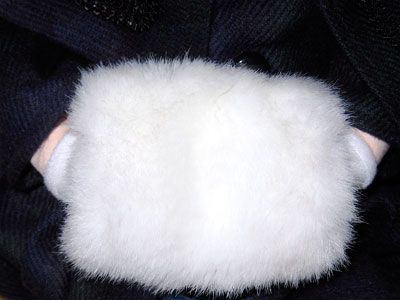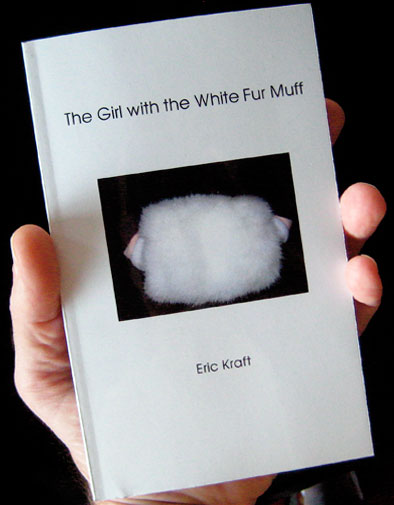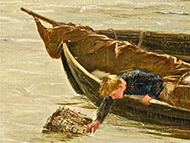
THE GIRL WITH THE WHITE FUR MUFF is included in LITTLE FOLLIES. However, it is also available on its own as a pocket-size paperback. |
||
| The Babbington Press (2008) 76 pages 4.25 inches by 6.88 inches $ 10.95 |
||
| DIGITAL EDITIONS |
| PUBLICATION HISTORY | Apple-Wood Books, 1984
|
The Girl with the White Fur Muff
Peter Leroy recalls the trouble that ensued when a well-meaning teacher appointed him director of Babbington’s annual fourth-grade production of King Lear. Three of his classmates wanted the role of Lear’s loving daughter, Cordelia, and each had her strategy for ensuring that she got it. Clarissa Bud, the girl with the white fur muff, used sweetness and charm; Veronica McCall used sex; and Lily O’Grady, known as Spike, threatened to break his foot if he chose anyone but her.
Reviewing The Girl with the White Fur Muff in the St. Petersburg Times, Malcolm Jones wrote:
Wit and humor pervade all the adventures of Peter Leroy. Also evident is Kraft's apt portrayal of that sense of bafflement that children feel upon being thrust into the adult world. He conveys a child's confusion and fear with a sure but never heavy hand. . . We are submerged in a world where chance remarks, sex, storybook characters, jokes, and the misty reveries of children all carry equal weight.
Reviewing Little Follies in The New Yorker, Anna Shapiro wrote:
What all the details in Little Follies have in common is that practically every one of them grows fragrant, delicately deepens in color, and emerges crisply as metaphor — which is to say, ordinary things take on the kind of significance that children involuntarily attach to objects and actions. Everything seems to mean something. Everything seems to mean more than what you’re told it means.

|
|
|
|
|
|
|
|
|
|
|
|
|

